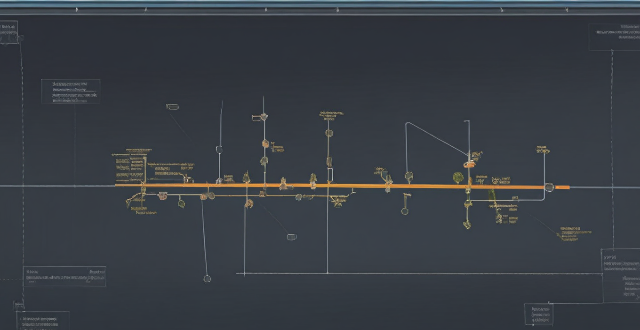Climate models are crucial for understanding the potential impacts of climate change and identifying areas that require immediate action. They help policymakers project future climate scenarios, assess impacts on ecosystems and human societies, evaluate policy options, and support international negotiations. By providing scientific insights into the potential consequences of climate change, climate models aid in developing effective adaptation strategies and mitigating greenhouse gas emissions.

Climate models play a crucial role in developing international climate policies. They help policymakers understand the potential impacts of climate change and identify areas that require immediate action. Here's how:
1. Projecting Future Climate Scenarios
Climate models are used to project future climate scenarios based on different greenhouse gas emission pathways. These projections provide a scientific basis for policymakers to assess the potential risks and benefits of various policy options.
Key Points:
- Climate models help predict future temperature, precipitation, and extreme weather events.
- These predictions allow policymakers to anticipate the potential consequences of climate change and plan accordingly.
2. Assessing Impacts on Ecosystems and Human Societies
Climate models also aid in assessing the impacts of climate change on ecosystems and human societies. This information is essential for designing effective adaptation strategies and identifying vulnerable populations or regions.
Key Points:
- Climate models can estimate changes in sea level, ocean acidity, and other factors affecting marine ecosystems.
- They can also predict shifts in agricultural productivity, water availability, and health risks due to changing temperatures and precipitation patterns.
3. Evaluating Policy Options
Climate models are used to evaluate the effectiveness of different policy options in mitigating climate change. By comparing the outcomes of various scenarios, policymakers can make informed decisions about which policies to implement.
Key Points:
- Climate models help determine the most cost-effective strategies for reducing greenhouse gas emissions.
- They can also assess the trade-offs between short-term economic gains and long-term environmental benefits.
4. Supporting International Negotiations and Agreements
Climate models support international negotiations by providing a common understanding of the science behind climate change. This shared knowledge helps countries reach consensus on targets and timelines for reducing emissions.
Key Points:
- Climate models facilitate discussions among nations about their fair share of responsibility in addressing climate change.
- They contribute to the development of international agreements like the Paris Agreement by setting realistic goals based on scientific evidence.
In conclusion, climate models play a vital role in developing international climate policies by providing scientific insights into the potential impacts of climate change, evaluating policy options, and supporting international negotiations.